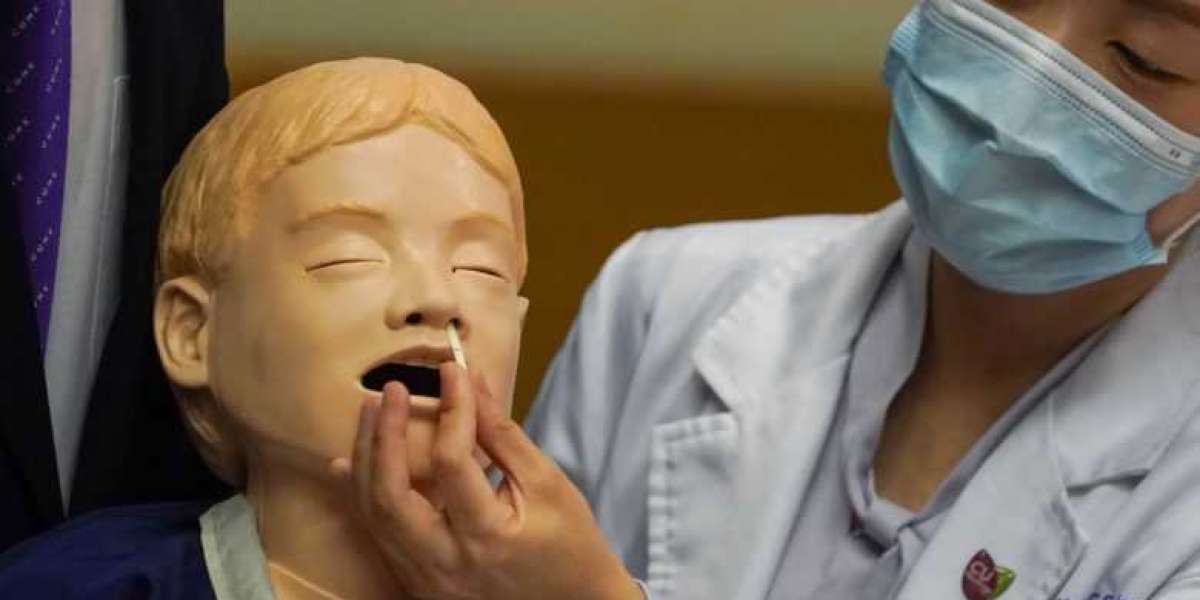COVID-19 testing is essential to the quick identification and isolation of cases, and plays an important role in the larger public health picture to mitigate the spread of the disease. Scientists at The Chinese University of Hong Kong (CUHK) introduced the nasal strip as a novel and sensitive sample collection method to detect COVID-19 in an effort to overcome some of the difficulties and drawbacks with standard test methods. Results of an initial study suggest the method is a superior tool for community-based surveillance testing that is easy to administer in subjects of a wide age-range. Study details have been published in the Journal of Infection.
Limitations with Standard COVID-19 Testing
Since its outbreak, several methods have been developed to diagnose COVID-19. The most common ones include the nasopharyngeal swab, where a 6-inch long swab is inserted into the cavity between the nose and mouth. Another is the deep throat saliva test, which requires the subjects to heave up saliva from the back of the throat.
While many would describe these standard tests as uncomfortable or momentarily painful, young children and the elderly find these collection techniques particularly difficult, resulting in challenges to collect samples in an easy and accurate way.
Superior Nasal Strip Test
Motivated to overcome the drawbacks with standard testing, a research team from the Faculty of Medicine at CUHK (CU Medicine) recently introduced the nasal strip test as a novel and sensitive method to detect COVID-19. After a study conducted on 38 hospitalised COVID-19 patients aged 6 to 74, this new nasal strip sampling proves to be easy, accurate, less uncomfortable and less irritating. What’s more, the application of the nasal strip reduces the possibility of any sneezes and coughs and therefore lessens the risk of virus transmission.
The nasal strips used in the study conducted by CU Medicine can be customised in different sizes to fit children at different ages. The study suggests that the nasal strip test is superior to the deep throat saliva test for surveillance purposes over paediatric population.
 The length of nasal strips (front) is much shorter than that of the nasopharyngeal swab (back) and can be customised in different sizes to fit subjects at different ages to detect COVID-19.
The length of nasal strips (front) is much shorter than that of the nasopharyngeal swab (back) and can be customised in different sizes to fit subjects at different ages to detect COVID-19.
In addition to accuracy and lower risk of virus transmission, another key benefit is that specimens collected by the nasal strip are stable at room temperature for 72 hours. This stability of nasal strip samples at room temperature potentially allows the specimens to be posted to the laboratory which usually takes at least a day.
Nasal strip testing serves an important role in community-based surveillance programmes, especially in populations such as young children and the elderly where standard methods are more likely to fail. A more comprehensive analysis on the efficacy of the test is being conducted with 1,000 patient samples.
Please refer to the latest eNews for updates about CUHK.









